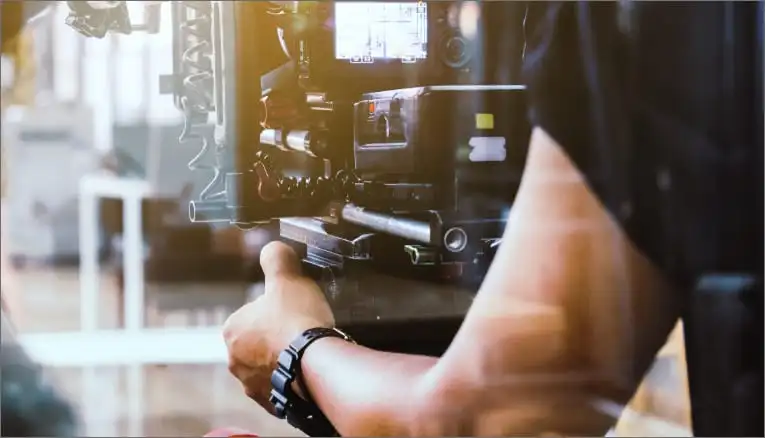Successful Colorist Career
If you’re passionate about film and video production, you might consider a career as a colorist. A colorist is a crucial member of the post-production team responsible for ensuring that the final product has a cohesive and visually appealing look. A colorist uses specialized software to adjust the color, contrast, and brightness of footage to create a specific mood or tone.
In this article, we’ll explore what it takes to become a successful colorist and advance your career in this exciting field.
Develop a Strong Technical Foundation
To become a colorist, you need to have a strong technical foundation in color grading software. The most commonly used software in the industry is DaVinci Resolve, which is used by both major studios and independent filmmakers. DaVinci Resolve is a powerful software that requires a complex understanding of color theory and post-production workflows. To get started, you can download a free version of DaVinci Resolve and start practicing on your own footage.
Build Your Portfolio
As with any creative field, having a strong portfolio is crucial to landing work as a colorist. Your portfolio should showcase your technical skills as well as your ability to create a specific look or mood. When building your portfolio, it’s important to include a variety of projects, including short films, music videos, and commercials.
You can build your portfolio by collaborating with other filmmakers or by offering your services to local production companies. You can also find opportunities to work on student films or independent projects through online forums and job boards.
Network and Collaborate
Networking and collaboration are essential in the film and video production industry. As a colorist, you’ll need to work closely with directors, cinematographers, and other post-production professionals to create a cohesive final product. Building relationships with other professionals in the industry can lead to new opportunities and collaborations.
One way to network is by attending industry events, such as film festivals and conferences. You can also join online communities and forums, such as Reddit’s r/colorists or the Facebook group “Colorists Society International”.
Stay Up-to-Date with Industry Trends
The film and video production industry is constantly evolving, and it’s important to stay up-to-date with the latest trends and technologies. This includes new software updates, changes in post-production workflows, and emerging trends in color grading. One way to stay up-to-date is by reading industry publications, such as American Cinematographer and Post Magazine.
Consider Further Education
While a formal education is not required to become a colorist, it can be beneficial in developing your skills and building your network. NYU’s Film and TV Industry Essentials by Yellowbrick provides an overview of the film and television industry, including post-production workflows and the role of the colorist.
Key Takeaways:
- To become a successful colorist, you need to have a strong technical foundation in color grading software, such as DaVinci Resolve.
- Building a strong portfolio is crucial to landing work as a colorist. Your portfolio should showcase your technical skills as well as your ability to create a specific look or mood.
- Networking and collaboration are essential in the film and video production industry. Building relationships with other professionals in the industry can lead to new opportunities and collaborations.
- Staying up-to-date with industry trends is important to remain competitive in the field.
- Consider further education, such as NYU’s Film and TV Industry Essentials online course offered by Yellowbrick, to develop your skills and build your network.








